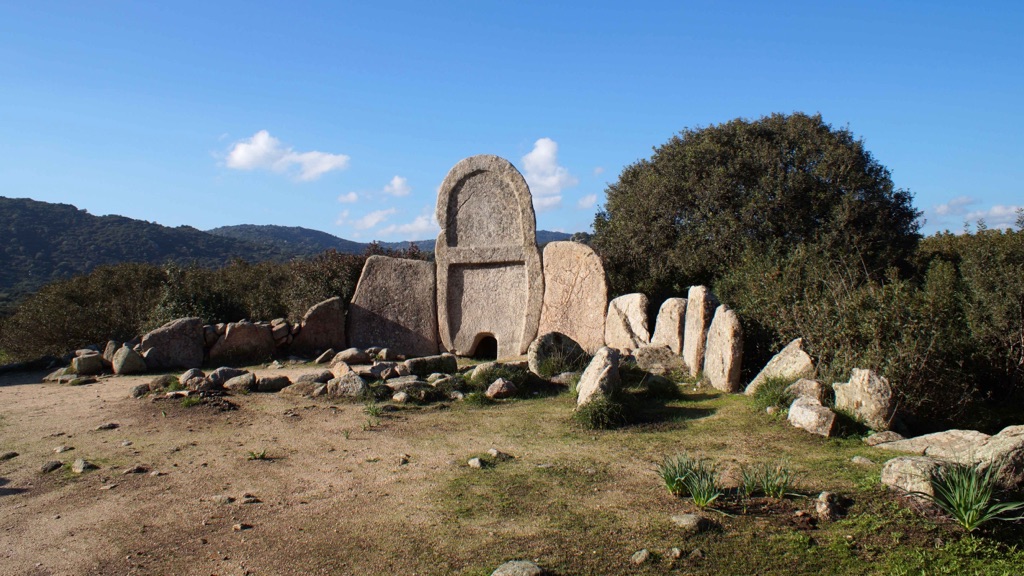S’Ena e Thomes is a significant archaeological site located in Sardinia, Italy. It is one of the largest and best-preserved nuragic tombs known as “giants’ graves.” These collective burial sites date back to the Bronze Age, created by the Nuragic civilization. The site stands as a testament to the island’s prehistoric inhabitants and their complex social structures, religious beliefs, and architectural skills.
Ancient Civilizations
All Ancient Civilizations, Cultures and People
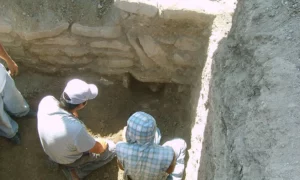
Zazacatla
Zazacatla is an ancient archaeological site located in the Mexican state of Morelos. It’s a pre-Columbian site that dates back to the early Formative period, around 1400-1000 BC. The site is significant for its early evidence of urban planning and complex society in the region. It provides insights into the early development of civilization in Mesoamerica, particularly the transition from nomadic to sedentary lifestyles.
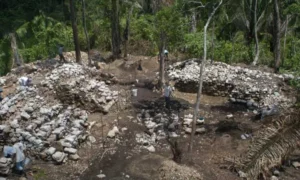
Pusilha
Pusilha is an ancient Maya archaeological site located in the Toledo District of Belize. It was once a thriving city-state within the Maya civilization, known for its unique stelae and intricate hieroglyphic inscriptions. The site includes a range of structures, such as pyramids, plazas, and a ball court, which offer insights into the political, social, and economic life of the Maya. Pusilha holds a wealth of information for understanding the complex history of the Maya people and their interactions with surrounding city-states.
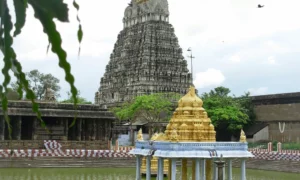
Chayavaneswarar Temple Sayavanam
The Chayavaneswarar Temple Sayavanam is a Hindu temple dedicated to Lord Shiva, located in the village of Sayavanam in Tamil Nadu, India. This ancient temple, rich in history and tradition, is a significant example of Dravidian architecture. It stands as a testament to the religious devotion and artistic skill of the Tamil people. The temple is renowned for its intricate carvings, towering gopuram (gateway tower), and the sacred tank believed to have curative properties. It has been an important pilgrimage site for centuries and continues to attract devotees and history enthusiasts alike.
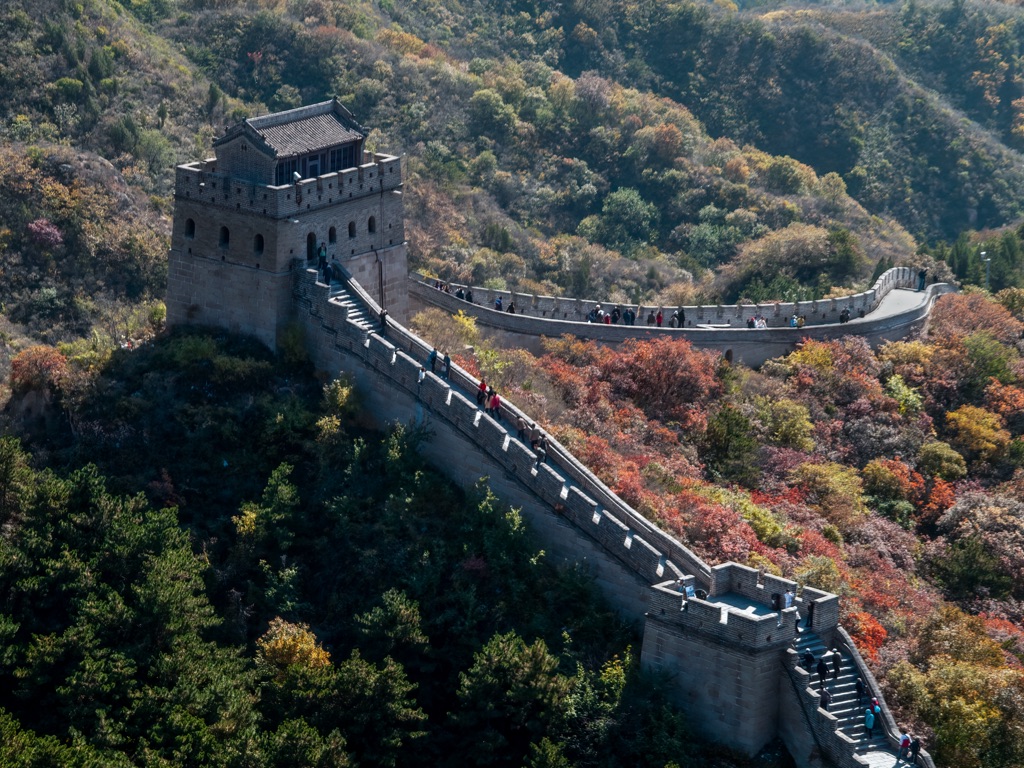
Great Wall of China
The Great Wall’s history dates back to the Spring and Autumn period when several walls were constructed. The first Emperor of China, Qin Shi Huang, is often credited with conceiving the Great Wall in its earliest form around 221 BC. He ordered the connection of several existing walls and the construction of new segments to fend off invasions. The wall was expanded and enhanced over successive dynasties, with the most extensive work occurring during the Ming Dynasty.
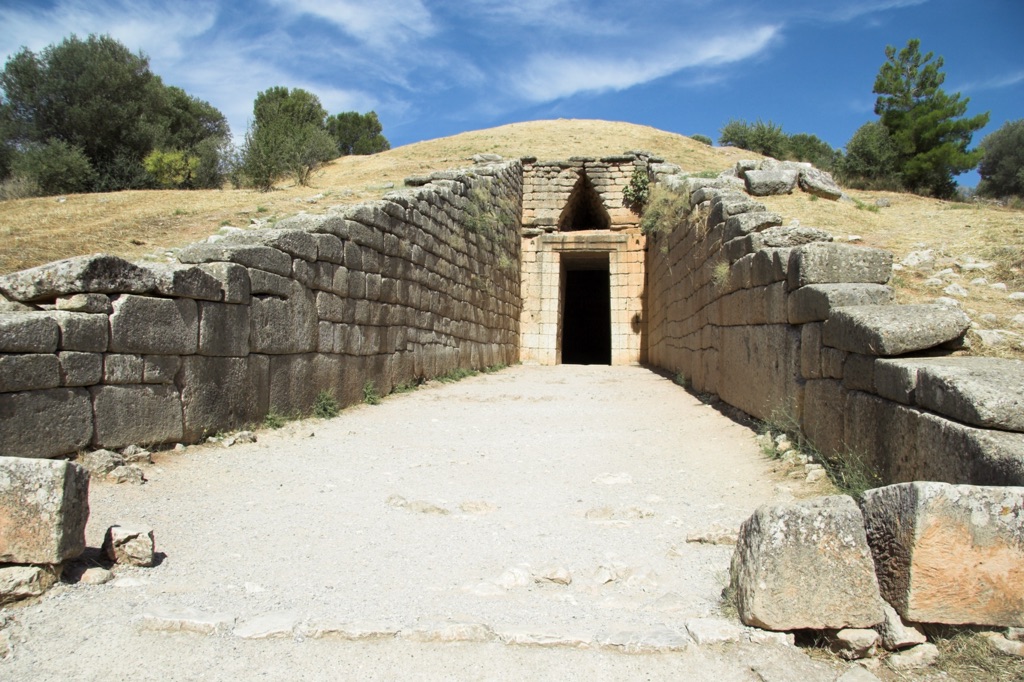
Treasury of Atreus (Tomb of Agamemnon)
The Treasury of Atreus, also known as the Tomb of Agamemnon, is a monumental structure in Mycenae, Greece. It’s one of the most impressive tholos tombs found in the region, dating back to the Bronze Age. This beehive-shaped tomb was constructed during the zenith of the Mycenaean civilization, around 1250 BC. It’s renowned for its grand dome, the largest known in the ancient world until the Pantheon in Rome was built. The Treasury of Atreus is a masterpiece of ancient engineering and architecture, showcasing the sophistication of Mycenaean culture.

